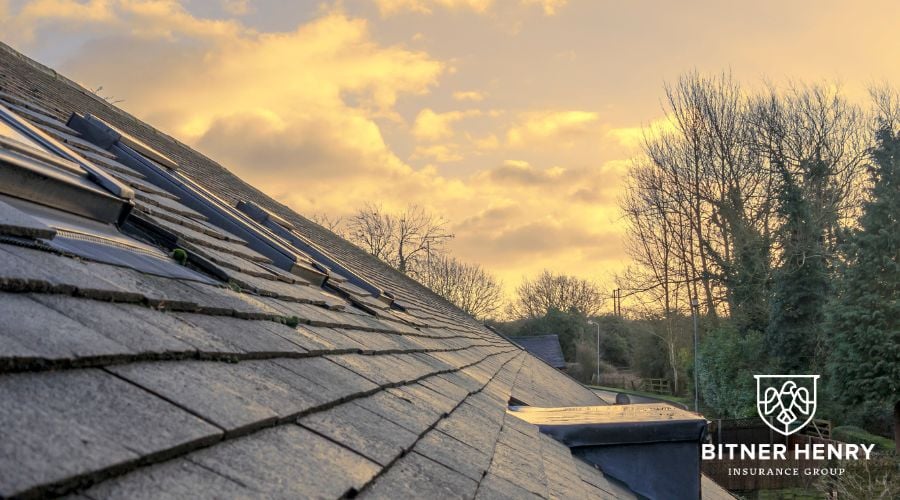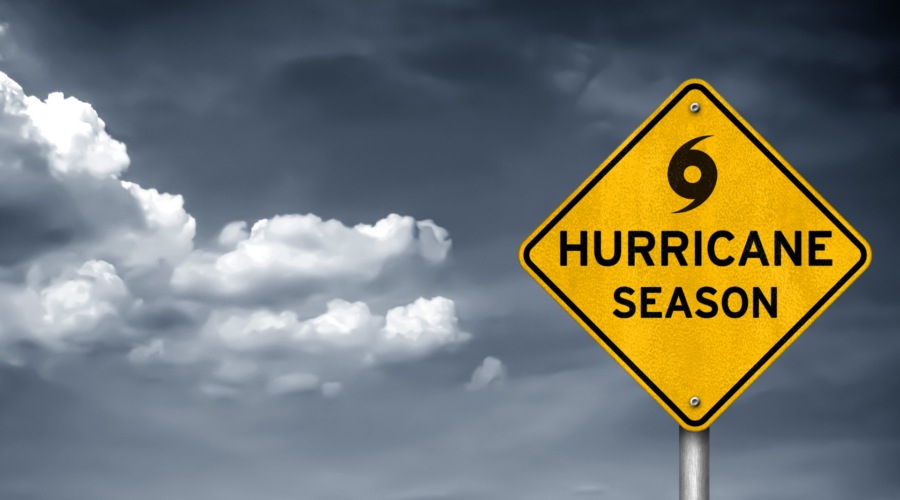
A roof plays a significant role in preserving a building’s structural integrity. It also protects it against many weather exposures (e.g., wind, hail, and rain). As a roof ages, it becomes weaker and increasingly vulnerable to structural failure. Additionally, older roofs may be more prone to coverage exclusions in commercial property insurance policies. This could contribute to denied claims when related losses occur.
With this in mind, it’s evident that neglecting the age of their roofs could leave commercial building owners with serious structural issues, property losses, and coverage challenges. As such, it’s important to understand these concerns and take steps to address them. This article provides more information on the impact of roof age on commercial property insurance and offers tips to minimize associated risks.
Structural Issues
The average lifespan of a roof differs based on the materials used to construct it. However, structural issues become more common in roofs that are over 20 years old. Specifically, older roofs are more likely to have the following problems:
- Deteriorated or defective materials (e.g., cracks, holes, and missing or corroded shingles)
- Moss, mildew, and mold growth
- Sagging, sloping, or rotting areas
- Leaks, moisture accumulation, and drainage issues
These structural issues can increase the likelihood of older roofs collapsing or experiencing large-scale damage during certain weather events. For instance, high winds could rip off already weakened shingles. Hail could easily penetrate deteriorated or defective roofing materials. In fact, the Insurance Information Institute reported that more than one-third (34%) of all property insurance claims arise from wind or hail damage. Most of these claims involve roof-related losses.
In the event of heavy rain or flooding, older roofs may succumb to excess moisture and cause widespread water damage. This is particularly concerning for buildings in hurricane-prone areas. According to catastrophe modeling company Moody’s RMS, older roofs can contribute to 50% more property damage when hurricanes strike.
These issues can elevate commercial property exposures. This leaves insurers hesitant to provide coverage for buildings with older roofs. As a result, most commercial property underwriters leverage roof age data in conjunction with other factors (e.g., location and maintenance schedules) to estimate how well buildings will withstand the elements and assess total risk levels. In particular, an underwriter may utilize roof age data to calculate wind resistance and structural integrity. These calculations help underwriters decide if buildings with older roofs are too risky to insure.
Coverage Complications
Based on the data, most commercial property insurers either limit or fully exclude coverage for buildings with roofs that are over 20 years old. However, building owners aren’t always honest about the age of their roofs. This dishonesty may be intentional or due to outdated property documentation.
Building owners with older roofs may temporarily experience reduced commercial property insurance premiums by providing inaccurate roof age data. This fraudulent strategy won’t pay off in the long run. When building owners encounter property losses involving older roofs, insurers will discover that they were given incorrect roof age data and likely deny the associated claims.
Even when providing accurate roof age data, building owners should be aware of the possible coverage complications that may arise while navigating the claims process with older roofs. For instance, building owners with policies that offer actual cash value (ACV) coverage could be left with considerable out-of-pocket costs if property losses require them to replace their older roofs. ACV coverage relies on the depreciated value of the affected property or structure when providing a payout; in the case of an older roof, this payout probably wouldn’t be enough to cover the full cost of a new roof.
In addition, older roofs may be noncompliant with the latest building codes, which are evolving standards established by local officials regarding safe property construction. When property losses occur, building owners must ensure roof replacements or repairs are up to code with current standards; however, not all insurers provide coverage for building code upgrades, potentially exacerbating out-of-pocket costs.
Risk Mitigation Strategies
Considering the impact of roof age on commercial property insurance, it’s vital for building owners with older roofs to reduce their risks. Here are some best practices for property owners to keep in mind:
- Conduct regular maintenance and repairs. It’s crucial for building owners to perform routine maintenance to prolong the lifespan of older roofs and preserve their structural integrity. Maintenance may involve implementing cleaning procedures to minimize moss, mildew, and mold growth; removing excess debris (e.g., fallen branches, leaves, dirt, and sticks); upholding effective drainage systems; and making minor repairs (e.g., patching holes and sealing cracks) when necessary. If possible, property owners should also consider including periodic building code upgrades in their maintenance plans.
- Provide accurate documentation. Building owners should maintain sufficient property documentation, thus allowing underwriters to conduct accurate calculations and preventing misalignment with insurers. This documentation should include roof maintenance schedules, repair records, and, above all, accurate age data.
If you are in need of insurance for your youth organization, home, business, international organization, home health organization, recovery program, ministry, or non-profit, feel free to request a quote! We would love to assist you with your insurance needs.
Further Reading

GPS Trackers for Business Vehicles
GPS units are handy tools for managing risks in your fleet. How can you use these to save money and reduce accidents in your commercial vehicles?

What to Do Before, During, and After a Hurricane
With hurricane season upon us, we wanted to share some tips on how to stay safe. These storms are serious and require a lot of preparation...
